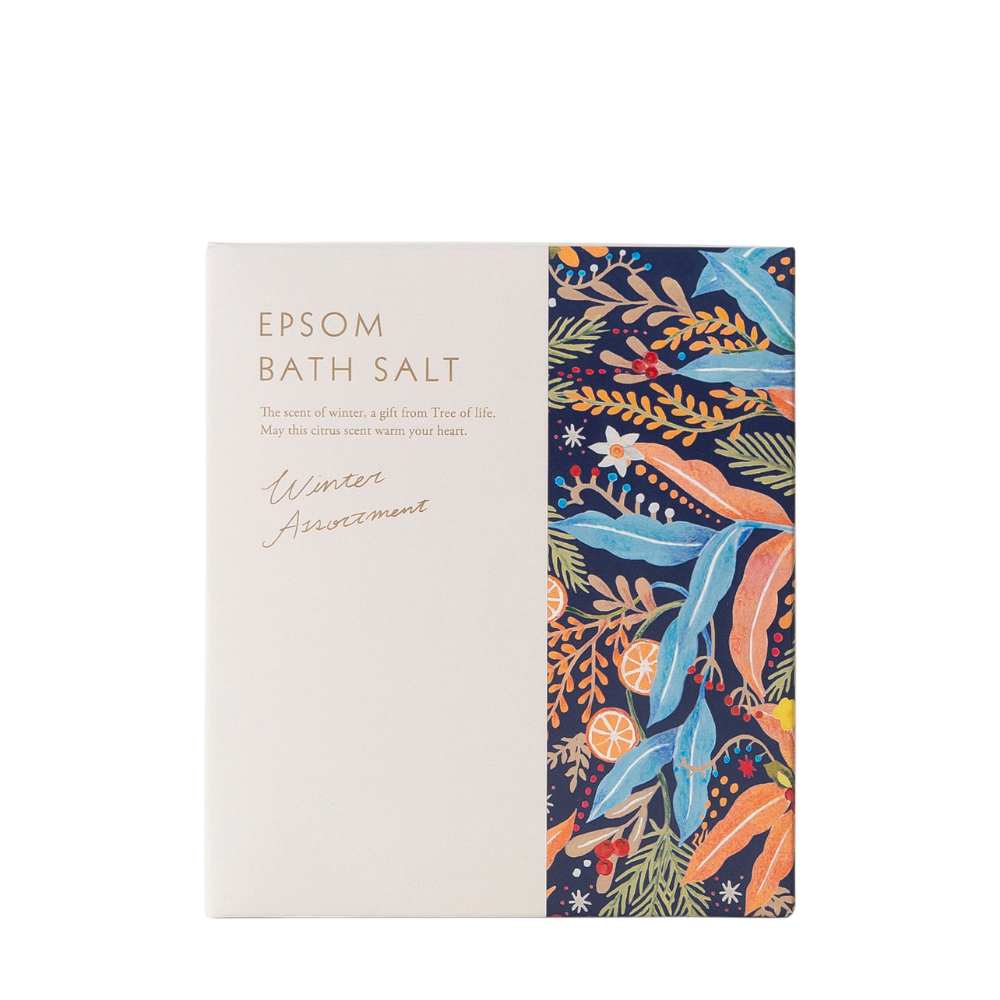
Brilliant ruby red tea
Hibiscus Roselle
The anthocyanins contained in roselle give the tea its brilliant ruby red color, while the natural malic acid and citric acid give the tea a refreshing acidity.
If you find the sourness too strong, adding a small amount of honey or agave syrup will make it easier to drink.
This is a tea that you'll want to incorporate into your body in its entirety.


Also known as hibiscus tea, but it is different from the hibiscus found in Hawaii and Okinawa.
It is also called hibiscus tea and is sometimes mistaken for Hawaiian hibiscus tea, but it is a different species of plant.
The scientific name of roselle is Hibiscus sabdariffa
Hawaiian hibiscus is Hibiscus rosa-sinensis
When you look at the flowers, the difference is immediately apparent.

Organic Roselle
Roselle is said to be native to Africa, and has spread from Africa to subtropical regions such as Southeast Asia and the West Indies.
In Taiwan, it is called "Luo Shen Hua" and is said to be the tea of a beautiful woman who appears in mythology.
The roselle from Tree of Life is native Egyptian roselle.
The roselle produced by our Egyptian partner, with whom we have had a relationship for over 20 years, is organic roselle grown on a JAS organically certified farm.
It is grown without the use of any pesticides.

The part used for tea is the calyx, which protects the seeds.
When autumn comes and the flowers fall, the sepals grow large and completely encase the seeds.
It is said that the calyx of the roselle secretes anthocyanin, turning red, to protect the seeds from the strong African sunlight.

The harvest is hand picked
The calyx gradually thickens and ripens to a deep red. All harvesting is done by hand. The ripe calyx is carefully picked one by one.

Seed Removal
The calyx gradually thickens and ripens to a deep red. All harvesting is done by hand. The ripe calyx is carefully picked one by one.
After the seeds have been removed, the calyx is slowly dried to remove the moisture.















